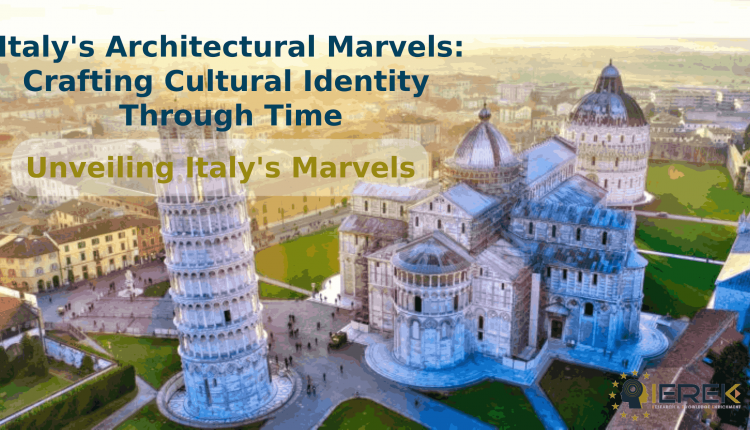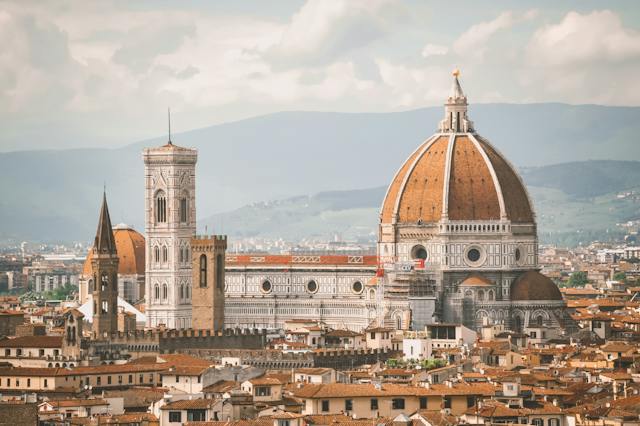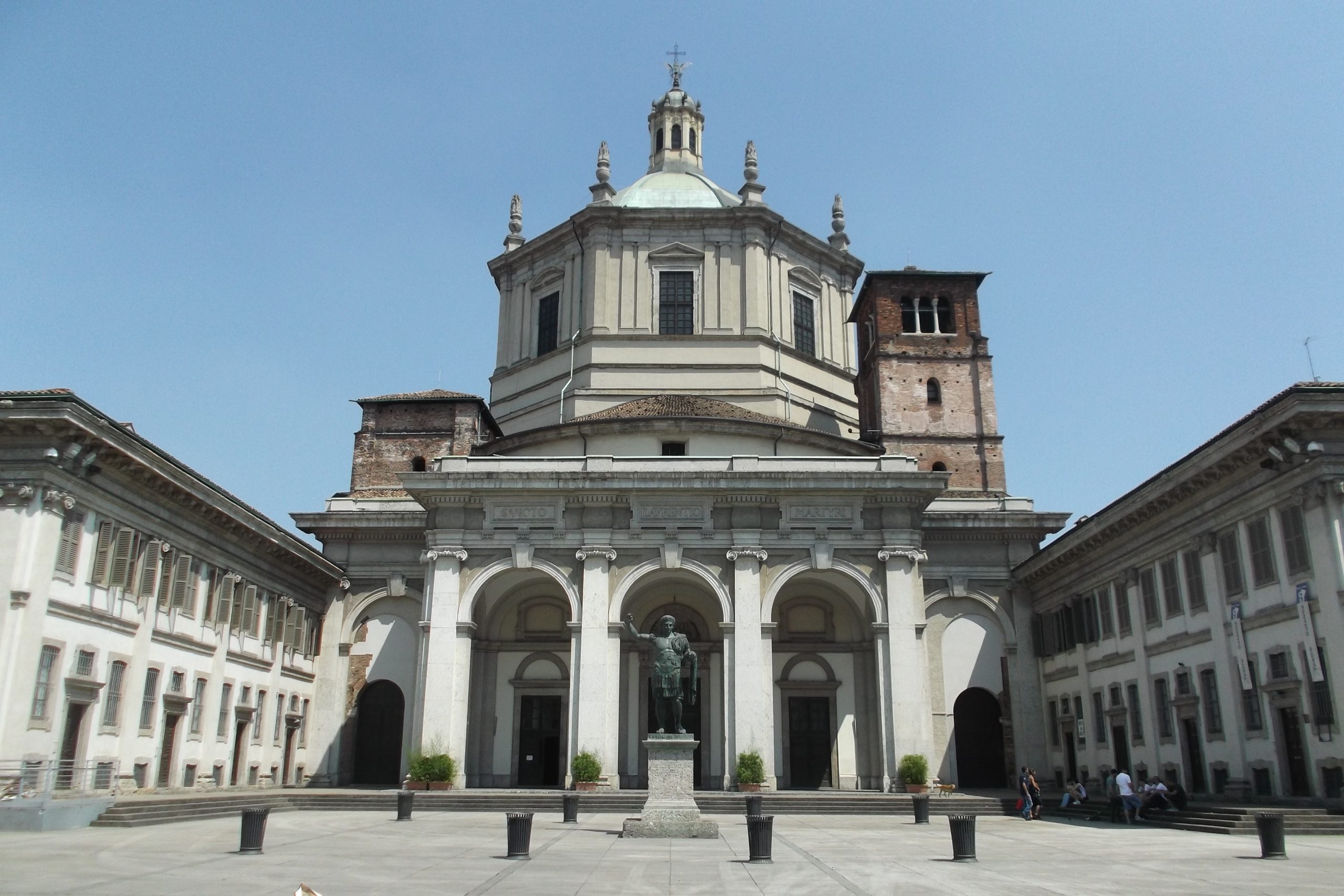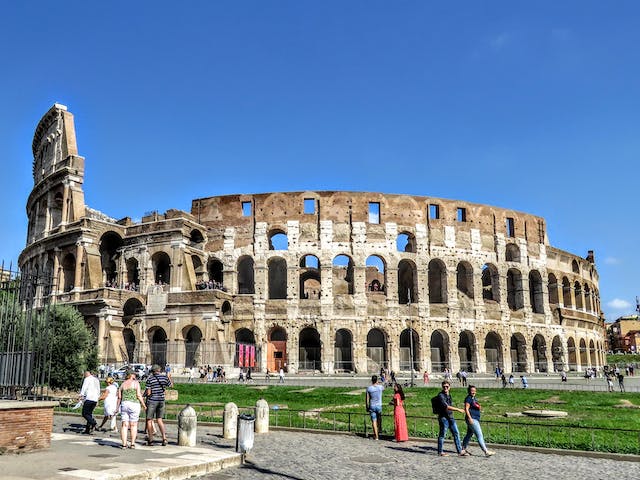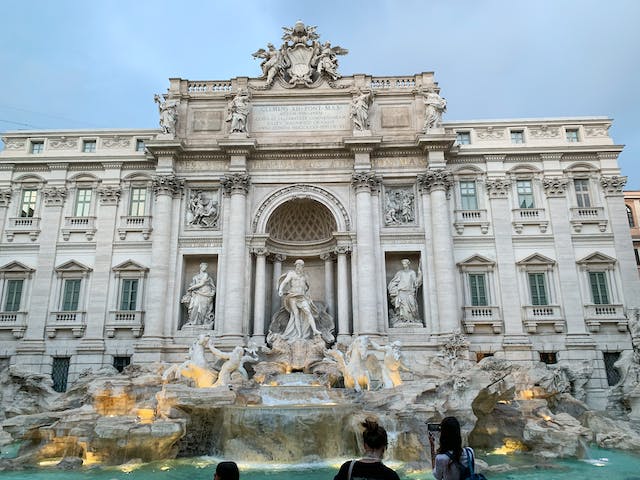Highlighting the importance of these topics, the upcoming International Conference on Cities Identity Through Architecture & Arts (CITAA) by IEREK, which will be held in Italy from the 24th to the 26th of September 2024 in collaboration with the University of Pisa, will provide a vital platform for global discussions. Know more about the CITAA Conference Here.


